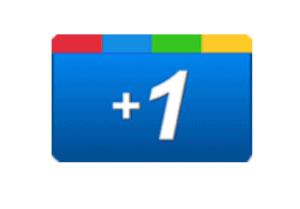 As you may have noticed by now, if you are logged in to Google while searching using Google, +1 icons now appear not only by every organic search result, but also next to each paid search ad. What does a click on +1 next to one of your ads do?
As you may have noticed by now, if you are logged in to Google while searching using Google, +1 icons now appear not only by every organic search result, but also next to each paid search ad. What does a click on +1 next to one of your ads do?
In brief:
- +1 is associated with the landing page referred to by the organic result or the ad. For AdWords ads, that means the destination URL.
- Clicks on +1 on an organic result, an ad, or at the landing page itself are all the same for any given URL. The +1 count (which you can display with the +1 button on your page) will increment for any of those clicks.
- Directing spit-test ads to different landing pages will split (and therefore dilute) your +1 counts. This should be taken into consideration if displaying high +1 counts becomes desirable for you.
Here’s the details from Google:
The +1 button lets users recommend the content they like on the web, helping to improve Google search for their friends and contacts. It appears on Google search, Google search ads, and other sites across the web.
When users click the +1 button for a particular webpage, their names and profile pictures will appear as part of personal annotations in their friends and contacts’ search results. Users will see their names and pictures beneath the ads and organic links associated with the webpage. The final landing page’s URL can also appear on the Google profile of any user who +1’s your ad or organic result and chooses to share +1’s on her profile.
Whenever possible, the +1 button is associated with a site’s final landing page. This means a user can recommend a webpage by clicking the +1 button on that page, or the +1 button next to a Google search ad or search result associated with that page. For example, if a user +1’s an organic search result with the same final landing page as your ad, the +1 count associated with both the organic search result and the search ad will increase. (Source)








